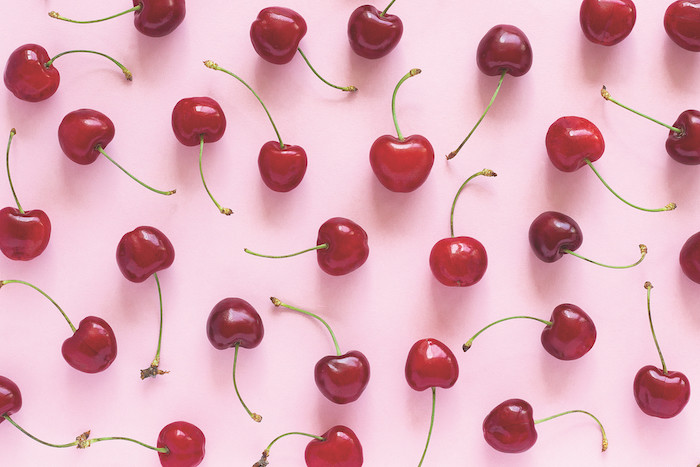
Monica Berg looks at how to get the most out of seasonal ingredients by concentrating on flavour rather than locality.
Seasonality is a double-edged sword. On one side, it makes you appreciate ingredients and their abundance when in season – but it also means your favourite things are unavailable, most of the time. Yes, you can get strawberries all year round, but those are not the strawberries we think of when we dreamily remember the delicious and decadent flavours of a perfectly ripe strawberry, so rich and delicate at the same time. Almost the perfect bit of summer, to me anyway – delicious enough to make me forget all those hours spent in the fields picking them.
Over the years I have worked in places that completely ignore seasonality – taking advantage of the modern comforts of airfreight and the fact that if you’re willing to pay a premium you can get anything at any time. But I’ve also worked with places where, if the ingredient isn’t sourced from a 20-mile radius, they won’t serve it. To be perfectly honest, both of those attitudes resonate with me, but what it basically comes down to for me is flavour.
There is nothing more exciting than getting your hands on a perfectly ripe, flavourful Alphonso mango or Victoria pineapple in the spring – and equally thrilling is when the forced rhubarb season begins in January or blackcurrant leaves are available in the mid to late summer. But equally, the disappointment is real when you bite into a beautiful, plump tomato – only to realise it’s as tasteless as a cold glass of water.
We are incredibly lucky to be in a city such as London, and this is exactly why we’ve chosen to challenge ourselves by adding a seasonal menu to Elementary. We are not the first to do this, but our point of view is slightly different; we have chosen to look at seasons and seasonality through the lens of flavour rather than locality – meaning we do not exclusively work with British ingredients, but we do favour them.
Part of the challenge is to get as much as possible out of every ingredient you work with. Personally, I really dislike having to throw something away, but you always come to a point where you have exhausted the ingredient’s ability to give you more. Luckily for us, this is often when we can pass it on to our kitchen, and they can get one more use out of it. It’s not uncommon to see our leftover macerations, berries, fruit and vegetables end up as jams, condiments or sauces on our food menu.
We also have the prep and logistic advantage of two bars. Tayer deep dives into ingredients and explores them 360 degrees, often taking advantage of the first rounds of flavour extraction when ingredients come into season – but it’s always supported by secondary flavour sources of the same ingredient, for example last year’s fermentation or even older prep such as vinegars, distillations or macerations. Elementary is more casual and looks to link classic cocktails to seasonal twists, and is therefore less dependent on accurately portraying a nuanced interpretation of the same ingredients. Where Elementary will have a Cherry Whisky Sour on the menu, Tayer will have a Tayer aged aquavit, ABA pisco, Gonzalez Byass Alphonso oloroso, sour cherry and Minus 8 red verjus on the list – giving you a drink with little or no roots in classic cocktail recipes, but the pure indulgence of cherry.
Seasonality
When discussing seasonality, and this type of mentality towards ingredients, I think it’s extremely important to say that a big part of this is knowing what techniques to use and when to use them. In order to extend the use of any ingredient – let’s use cherries as an example – beyond its perfectly ripe version and thus extend the time you can have it in your repertoire, you need to process it. If standing in front of five kilos of perfectly ripe, juicy, delicious cherries is your starting point, you need to know what to do with the cherries to transform them into delicious cocktails, but you also need to know what techniques to apply, so you can serve delicious cherry cocktails all year. Needless to say, summer season is super-busy for us, as this is when many of our favourite ingredients become available, and we prep for the rest of the year. Some preps are fairly simple and require very little from us – this can be infusions, syrups or cordials – while others are more lengthy, such as fermentations or macerations which can take anywhere from a few months to a few years before we use them.
One important thing you need to know if you want to go down this route is that it takes up a lot of your time, and a lot of your space. You also need to accept that not every project will be successful – but at least, with every failure and every prep batch you have to throw because something went wrong, you learn to appreciate the value of an ingredient and, equally important, the value of the time it takes to get it from that perfectly ripe version of itself into the glass in front of your guests.


